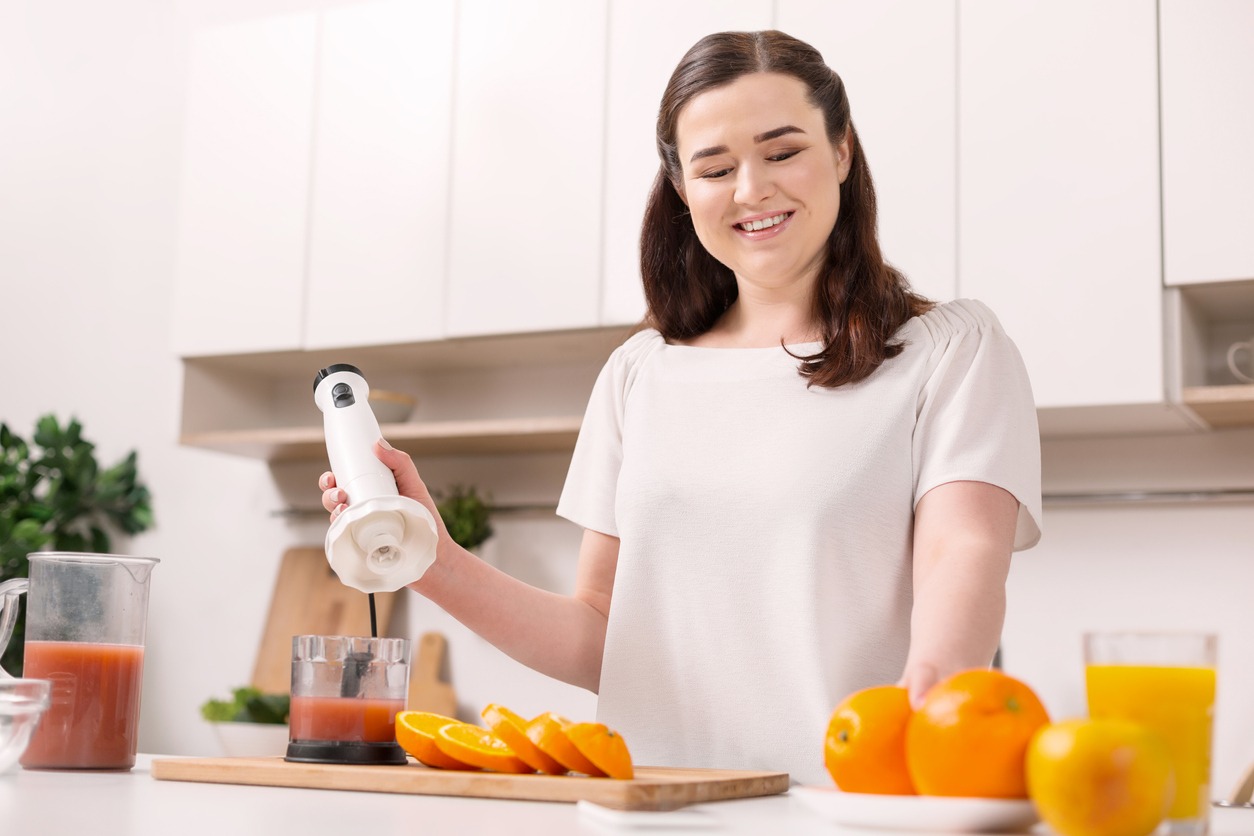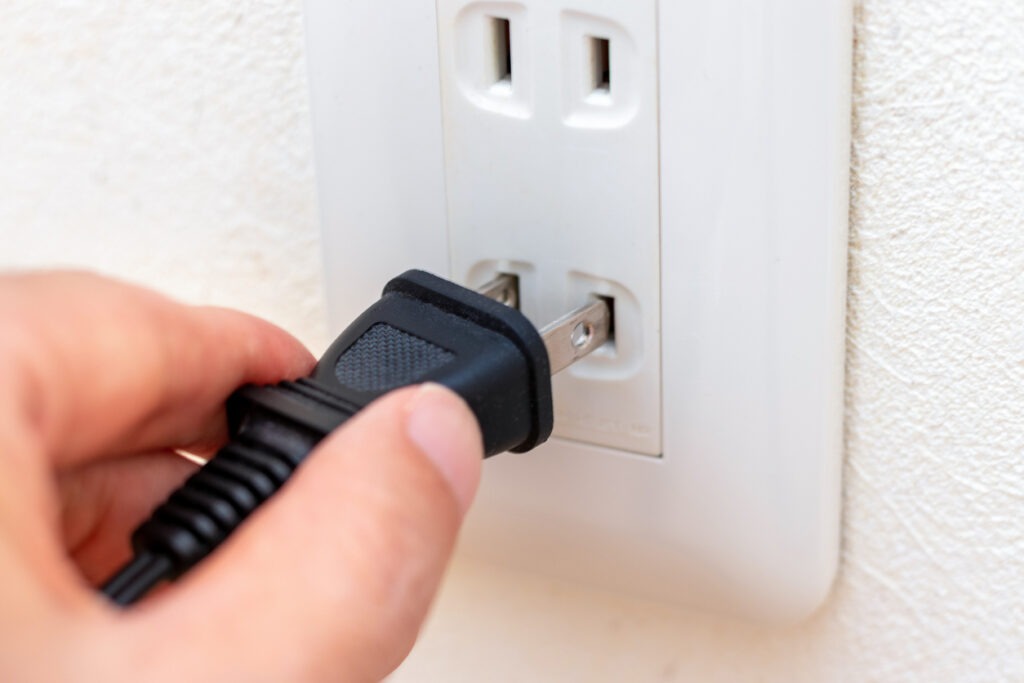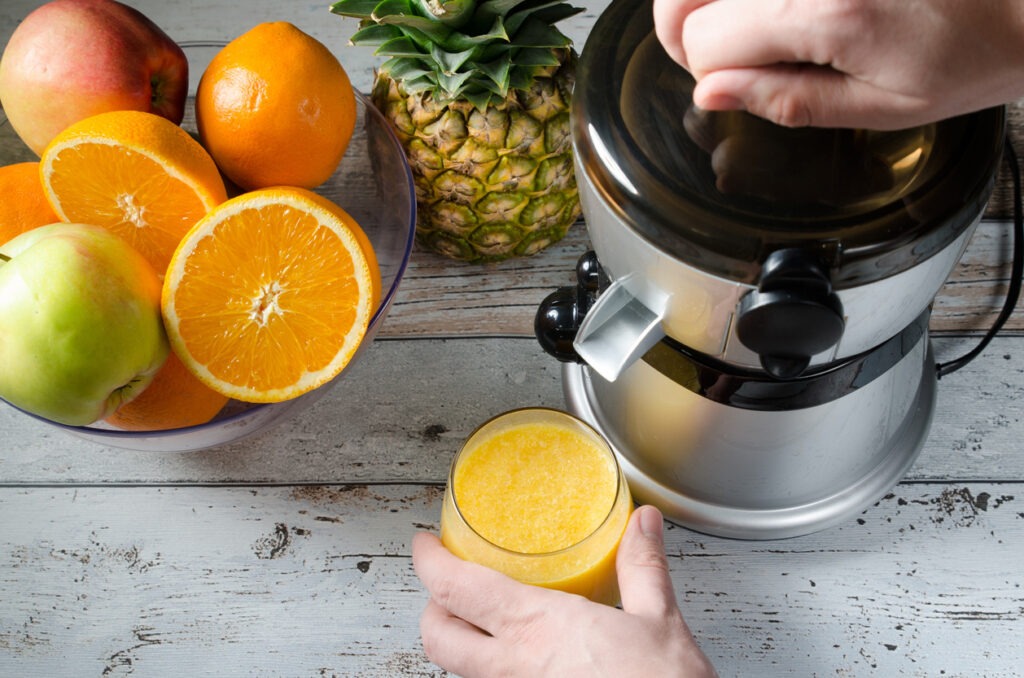Juicing has become a popular trend for health enthusiasts, but amidst the excitement of creating nutritious beverages, it’s crucial to prioritize safety when using juicing equipment.
According to the U.S. Consumer Product Safety Commission, common injuries associated with juicers include cuts and electric shocks, emphasizing the need for cautious handling. Additionally, the Mayo Clinic advises users to be wary of bacteria on fruits and vegetables, stressing the importance of proper cleaning to prevent foodborne illnesses. This aligns with recommendations from the World Health Organization, which underscores the significance of hygiene in food preparation to avoid contamination. Consequently, prioritizing safety when using a juicer encompasses both physical precautions and hygiene practices, forming a comprehensive approach to safeguarding well-being in the kitchen.
This article aims to comprehensively discuss safety considerations throughout the entire juicing process, covering preparation, utilization, and aftercare.
Preparation: Before You Juice
1. Read the Manual
Embarking on your juicing adventure necessitates a deep dive into the user manual or any accompanying instructions provided by the manufacturer. This initial step is not just a suggestion; it is a crucial element in developing a profound understanding of how to navigate the complex terrain of juicer operation safely and effectively.
2. Keep It Out of Reach
Children are naturally curious, and a juicer’s buttons and components can be tempting for tiny fingers. Moreover, individuals with disabilities may inadvertently come into contact with the juicer, leading to unforeseen consequences. In these scenarios, proactive prevention is paramount. Placing the appliance in a secure, elevated location or utilizing safety locks is a simple yet effective strategy to prevent potential accidents.
3. Power Up Safely
Before initiating the power supply to your juicer, a two-fold precautionary measure is in order: ensuring the appliance is switched off and verifying the compatibility of its voltage requirements with your home’s electrical system.
It might seem like a basic step, but confirming that your juicer is turned off before plugging it in is a foundational safety measure. This prevents accidental activation during the setup phase, reducing the risk of injuries and damage.
The electrical language of appliances can be perplexing, but the principle behind matching the juicer’s voltage with your home’s supply is crucial. This alignment is a pivotal safeguard against potential damage to the juicer’s internal components and a proactive measure to ensure optimal performance.
Utilization: Operating Your Juicer Safely
1. Assemble Securely
Think of the assembly process as crafting a finely tuned instrument. Precision in following the manual’s guidance ensures that every part aligns harmoniously, minimizing the likelihood of operational glitches.
In the event of any issues during operation, it’s imperative to resist the temptation of self-repair. Choose the experience of a professional instead. Just as a skilled mechanic handles car troubles, a qualified technician possesses the know-how to diagnose and address juicer malfunctions effectively.
2. Regular Inspection
Treat your juicer to regular check-ups. Periodically inspect various components to detect any signs of wear or malfunction. Adopting a proactive stance here ensures early detection and resolution of potential issues, preventing more extensive problems down the line.
Similar to consulting a specialist for health concerns, entrust any identified issues to a qualified professional. Attempting DIY repairs might seem tempting, but the intricate mechanisms of a juicer demand the skillset of a professional technician for effective resolution.
3. Lid Closed, Always
Operate the juicer with the lid securely closed at all times to prevent spillage and mitigate the risk of accidents. This practice serves as a primary safety precaution, safeguarding both the user and the surrounding environment.
This a fundamental precaution that ensures a secure and controlled operation. The closed lid not only contains the juicing process but also adds an extra layer of protection against potential mishaps.
4. Mind the Blades
To avoid jams and potential mishaps, ensure proper placement of ingredients in the designated sections of the juicer. This practice is similar to directing traffic – each item has its assigned lane for a smooth flow.
When guiding ingredients through the juicer, consider a food pusher or spatula as your reliable traffic warden. Never resort to using your hands, as the blades are sharp and can cause injury. This precaution prioritizes user safety while handling the juicer’s intricate components.
5. Prep Your Produce
Prior to introducing ingredients to the juicer, adopt the practice of preparing your produce. Chop them into manageable pieces, removing seeds or cores to prevent damage to the juicer. This step is comparable to the meticulous preparation of ingredients before cooking – a thoughtful measure that enhances the overall juicing experience.
After the juicing process, resist the impulse to open the lid immediately. Wait until the juicer comes to a complete stop, allowing the internal gears and blades to settle.
After Care: Keeping Your Juicer Safe and Sound
1. Thorough Cleaning
Give your juicer a thorough cleaning session after every use, adhering diligently to the guidelines provided by the manufacturer. This routine maintenance not only ensures hygienic usage but also contributes significantly to the longevity of your appliance. It’s crucial to giving your juicer a refreshing shower after its exertions, ensuring it remains in top-notch condition.
Following the cleaning process, pay special attention to ensuring the juicer is completely dry. This step is critical in preventing the onset of rust, particularly on the blades. Picture it as drying off your kitchen utensils – a simple yet crucial measure to maintain their quality over time.
2. Foreign Object Warning
Never insert objects into the juicer that are not intended for its usage. This practice can lead to severe damage to the equipment and, more critically, pose safety hazards.
The warning against inserting foreign objects is not just a cautionary note; it’s a practical safeguard against compromising the intricate mechanisms of your juicer. Treating the juicer with this level of respect ensures its sustained functionality and prevents unnecessary wear and tear.
3. Avoid Extreme Conditions
Shield your juicer from extreme conditions to avert potential risks of electric shock, damage, or fires. Refrain from placing its parts on hot surfaces or submerging them in water or other liquids.
The caution against extreme conditions is comparable to keeping electronics away from water – a basic safety measure to prevent potential mishaps. Similarly, extending this care to your juicer protects it from unforeseen hazards and contributes to a safer usage experience.
Commercial Juicers: Additional Considerations
For those using commercial juice machines, additional precautions are necessary:
- Follow Manufacturer’s Instructions: Always read and adhere to the manufacturer’s instructions for commercial juicers.
- Cord Management: Keep electric cords, plugs, and motors away from liquids, and tuck cords away to prevent tangling.
- Proper Assembly and Usage: Ensure proper assembly and use commercial juicers on a dry, flat surface only.
- Hygiene Practices: Prioritize hygiene by washing hands thoroughly, inspecting and cleaning produce, and avoiding certain items like carrot tops and citrus peels.
- Employee Training: Provide proper training for employees on juicer and juice safety, maintaining a safe and healthy environment.
Conclusion
By incorporating these safety measures into your juicing routine, whether at home or in a commercial setting, you can enjoy the benefits of juicing while minimizing the risk of accidents and ensuring the longevity of your juicing equipment. Remember, a safe juicing experience is a healthy juicing experience.





